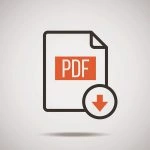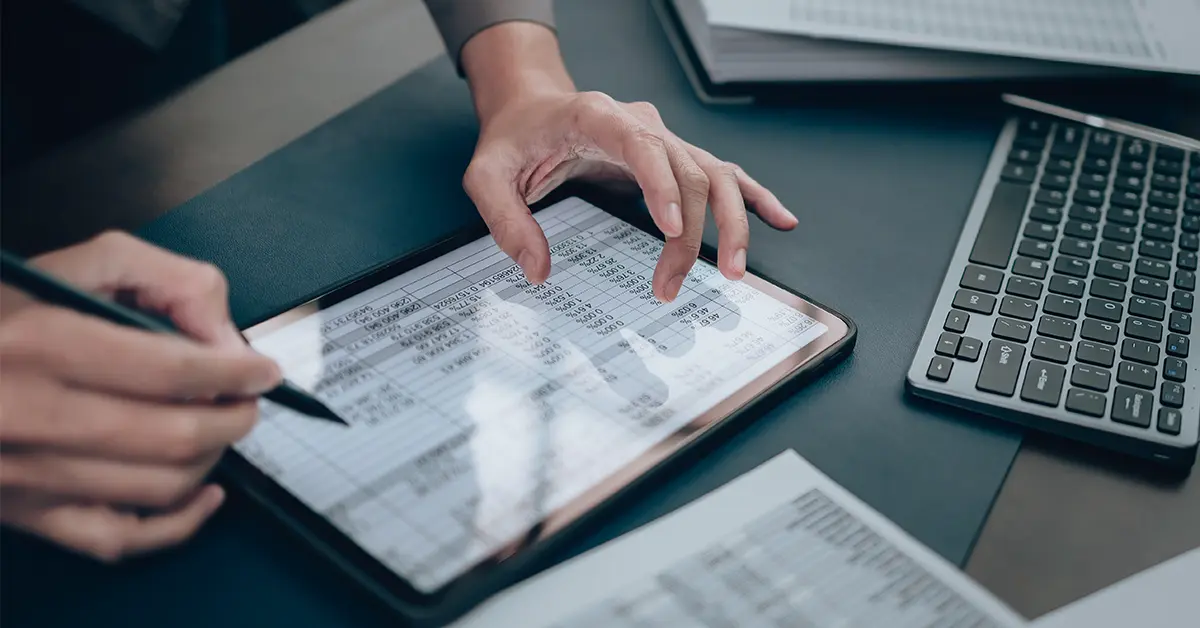But, the truth of the matter is, so much information wouldn’t exist if resumes weren’t such an important tool that employers use for a first impression of their candidates.
So, we figured that no Professional Development series would be complete without some great resume advice that you can use in 2015. We’ve gathered some top tips here for you to peruse to revamp your old resumes or to help you get started if you haven’t created one yet.
Format is everything
Before you begin creating your resume, think about what you want your resume to achieve. Obviously, finding a job or catching a screener’s eye. So just as you would create a blueprint for building a house, make a blueprint for your resume. Think about which sections you should list first for the best effect. Is it your objective or education? What about your skills and abilities? Where would you see inputting your experience to be the best fit? Whatever your decision is, think about the sequence of events in which you’d like the screener to view your background and makes the most sense in bringing out your best qualities. In a way, you can imagine the format of your resume to be a story about you with a beginning, middle, and end.

Input some style
Humans have been on earth for a pretty long time. So for 2015, think about freshening your resume a little bit by adding some style into your overall formatting. Bolding and italics are very well and fine, but consider playing with subtle color changes or font styles as well. Your resume can stand out a lot more if there are pops of color or font that highlight different sections or important areas that you want to bring attention to. Of course, use your discretion and apply these stylistic changes tastefully. We’re not talking about printing on pink paper and spraying it with perfume like Reese Witherspoon in Legally Blond (unless, of course, you really think that’s going to seal the deal!).
Input some style
Humans have been on earth for a pretty long time. So for 2015, think about freshening your resume a little bit by adding some style into your overall formatting. Bolding and italics are very well and fine, but consider playing with subtle color changes or font styles as well. Your resume can stand out a lot more if there are pops of color or font that highlight different sections or important areas that you want to bring attention to. Of course, use your discretion and apply these stylistic changes tastefully. We’re not talking about printing on pink paper and spraying it with perfume like Reese Witherspoon in Legally Blond (unless, of course, you really think that’s going to seal the deal!).


Use the situation > task > result formula
When describing your duties underneath each of your experiences, don’t just make a list. Use the situation > task > result formula for as many of them as you possibly can. You can talk about what you’ve done at your previous or current job:
- Wrote copy for email marketing campaign Maintained
- social media accounts
Or, you can talk about what you’ve done at your previous or current job that speaks to your skills and abilities and how you made an impact at the company:
- Wrote witty and original copy for email marketing campaigns, boosting the opening rates by 30% and increasing traffic to the company’s website by 25% in the first quarter
- Maintained social media accounts, obtaining an increase of over 1,500 fan followers by posting content relevant information based on creation of buyer personas
As you can see, the second example is much more effective than the first. It not only tells the employer about the situation you were presented with, but the awesome things you did that influenced the overall result. Use numbers whenever possible because that speaks to real evidence of what you’ve done rather than a vague reference.
The relationship between length and relevancy
How long should your resume be? Ah, the ever pertinent question of resume creation. So, here’s the thing. Many of you have probably heard to keep it resume to 1 page, otherwise employers won’t look at it. That may be true for some employers, but that’s not the case for everyone. The truth is, you want your resume to be as relevant to the position as possible, and sometimes 1 page won’t be enough. If you have a master resume copy which basically archives all of your past jobs and experiences (and if you don’t, we highly recommend you create one!), pick and choose the ones that will correlate best with the job you’re applying to. Then alter the language to use key words and phrases from the job description to sprinkle throughout in order to gain the best chance of having a resume screener take a second glance and choose you as a possible candidate. In this day and age, some large companies don’t even use humans to screen resumes due to the large amount they receive; that’s right—sometimes a machine is the one scanning your resume for key words and phrases, so make sure you put those in there!

So, back to the question of length. If you have a lot of great experience that each offer something relevant to the table, put them down. If it goes over a page, that’s okay—you’re showing the employer how qualified you are for the position. If you can fit all of your relevant experience onto a page, that’s fine too. It’s all about quality—not quantity! You can judge best for yourself what to include; just remember that length and relevancy are tied together.
We hope you find this helpful and that you use these tips in the next resume you send out. Good luck!




